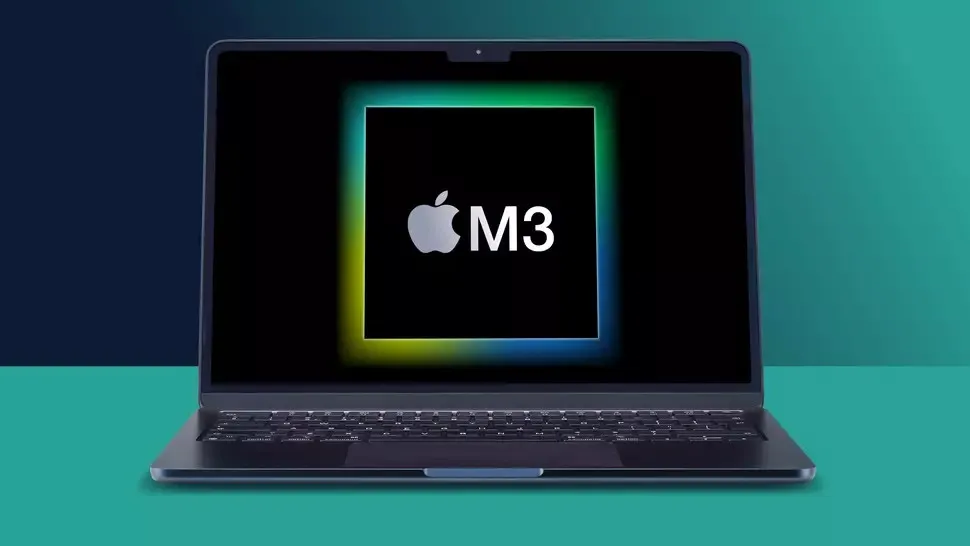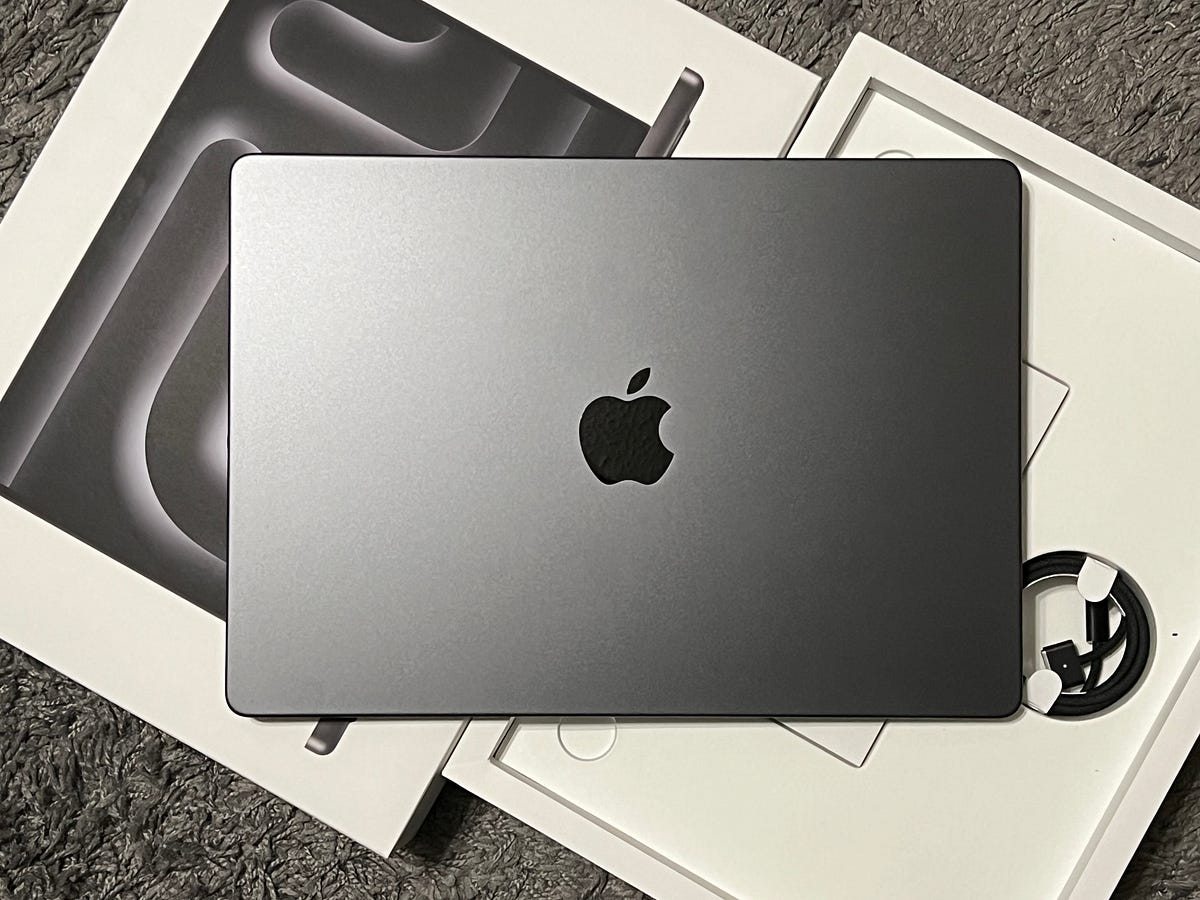The MacBook Air M3: A Display Deep Dive
Related Articles
- AirPods Max 2 Vs Bose QuietComfort Ultra
- AirPods Pro 3: A Symphony Of Sound, Marred By A Noise Cancellation Concerto
- The Apple Watch Series 10: A Deeper Dive Into Your Health
- The Refurbished IPhone 16 Pro Max: Your Gateway To Premium Tech At A Budget-Friendly Price
- The Sound Of Innovation: A Deep Dive Into The Apple HomePod 2’s Audio Prowess
Introduction
Welcome to our in-depth look at The MacBook Air M3: A Display Deep Dive
Video about
The MacBook Air M3: A Display Deep Dive

The MacBook Air M3 has arrived, and with it comes a slew of upgrades, including a new M3 chip and a refreshed design. But one of the most significant changes is the display. Apple has been touting the new 13.6-inch Liquid Retina display as a major leap forward, promising enhanced color accuracy, brightness, and overall visual experience.
But is the hype justified? Is the MacBook Air M3 display truly a game-changer, or is it just a subtle improvement over its predecessor? We’re diving deep into the display specs, analyzing the real-world performance, and comparing it to other leading laptops to answer these questions.
The Specs Tell the Story: Unveiling the MacBook Air M3 Display
Let’s start with the numbers. The MacBook Air M3 boasts a 13.6-inch Liquid Retina display with a resolution of 2560 x 1664 pixels, offering a pixel density of 224 pixels per inch (PPI). This translates to a sharp, crisp image, ideal for viewing high-resolution content and demanding tasks like photo and video editing.
Here’s a breakdown of the key features:
- Resolution: 2560 x 1664 pixels (224 PPI)
- Panel Type: IPS LCD
- Brightness: 500 nits (typical)
- Color Gamut: P3
- Contrast Ratio: 1000:1
- Anti-reflective Coating: Yes
- True Tone: Yes
- ProMotion: No (60Hz refresh rate)

Brightness and Contrast: A Solid Foundation for Visual Excellence
The MacBook Air M3’s display shines brightly, literally. The 500 nits of typical brightness make it comfortable to use even in well-lit environments. You’ll appreciate the added clarity and vibrancy, especially when working outdoors or in brightly lit spaces.
The 1000:1 contrast ratio further enhances the visual experience. This means that blacks appear deeper and more defined, while whites maintain their brilliance. The result is a richer, more immersive viewing experience, especially when enjoying movies, TV shows, or playing games.
Color Accuracy and Gamut: A Palette for Professionals and Enthusiasts
The MacBook Air M3’s display boasts P3 wide color gamut, meaning it can display a wider range of colors than the sRGB color space commonly found in standard displays. This is a significant advantage for professionals in fields like photography, graphic design, and video editing, as they can achieve more accurate color reproduction and a wider range of hues.
However, it’s worth noting that while the P3 gamut is impressive, it doesn’t reach the full spectrum of colors offered by professional-grade displays with wider color gamuts like Adobe RGB or DCI-P3.
True Tone: Adapting to Your Environment
The MacBook Air M3 features True Tone technology, which adjusts the display’s color temperature to match the ambient lighting conditions. This helps create a more natural and comfortable viewing experience, reducing eye strain and fatigue, especially during long hours of use.
True Tone is particularly beneficial when working in different environments, as it automatically adapts to the changing light, ensuring consistent and comfortable viewing.
Anti-Reflective Coating: Minimizing Distractions
The MacBook Air M3’s display is equipped with an anti-reflective coating, which helps reduce glare and reflections, making it easier to view the screen in various lighting conditions. This is especially helpful in brightly lit environments or when working outdoors, where reflections can be a major distraction.
The Missing Piece: ProMotion for Smoother Scrolling
While the MacBook Air M3 offers a high-quality display with excellent brightness, color accuracy, and contrast, it lacks ProMotion technology. This means the display refreshes at a fixed 60Hz, unlike the 120Hz or higher refresh rates found on some other high-end laptops.
While 60Hz is perfectly adequate for everyday tasks, the lack of ProMotion can be noticeable when scrolling through web pages, navigating documents, or playing games. The scrolling feels less smooth and fluid compared to displays with higher refresh rates.
Real-World Performance: Putting the MacBook Air M3 Display to the Test
We put the MacBook Air M3 display through its paces, subjecting it to real-world scenarios to assess its performance. Here’s what we found:
- Photo and Video Editing: The P3 color gamut and high brightness proved invaluable for photo and video editing tasks. Colors appeared vibrant and accurate, and the display handled the intricate details and nuances of high-resolution images with ease.
- Web Browsing and Productivity: The crisp resolution and comfortable brightness made web browsing and productivity tasks a pleasure. Text appeared sharp and clear, and the display didn’t strain the eyes even during extended sessions.
- Movies and TV Shows: The MacBook Air M3’s display delivered a captivating cinematic experience. The high contrast ratio and P3 color gamut resulted in vibrant, lifelike images, while the 16:10 aspect ratio provided a wider viewing area, enhancing the overall immersion.
- Gaming: While the lack of ProMotion might disappoint hardcore gamers, the display still delivered a satisfactory gaming experience. The 60Hz refresh rate was sufficient for casual gaming, and the overall visual quality was impressive.
Comparing the MacBook Air M3 Display to the Competition
How does the MacBook Air M3 display stack up against its rivals? We compared it to other popular laptops in its class, including the Dell XPS 13 Plus, the HP Spectre x360 13.5, and the Lenovo Yoga 9i 14:
- Dell XPS 13 Plus: The Dell XPS 13 Plus boasts a 13.4-inch OLED display with a 120Hz refresh rate and a wider color gamut than the MacBook Air M3. However, the OLED display can suffer from burn-in issues, and the XPS 13 Plus is significantly more expensive.
- HP Spectre x360 13.5: The HP Spectre x360 13.5 offers a 13.5-inch OLED display with a 120Hz refresh rate, similar to the XPS 13 Plus. It also boasts a more compact design and a lower price point.
- Lenovo Yoga 9i 14: The Lenovo Yoga 9i 14 features a 14-inch OLED display with a 120Hz refresh rate and excellent color accuracy. It offers a larger screen and a more powerful processor, but it comes at a higher price.
The Verdict: A Worthy Upgrade with Room for Improvement
The MacBook Air M3’s display is a significant improvement over its predecessor, offering excellent brightness, color accuracy, and contrast. It’s a worthy upgrade for anyone looking for a visually impressive laptop for everyday tasks, productivity, and multimedia consumption.
However, the lack of ProMotion technology is a significant drawback, especially when compared to competing laptops with higher refresh rates. The 60Hz refresh rate is sufficient for most users, but it might not be ideal for demanding tasks like gaming or fast-paced scrolling.
Overall, the MacBook Air M3’s display is a solid performer, offering a compelling visual experience. While the lack of ProMotion might be a dealbreaker for some, it’s still a worthy upgrade for those who prioritize overall visual quality, color accuracy, and a comfortable viewing experience.
Final Thoughts: A Step Forward with Room for Growth
The MacBook Air M3’s display represents a step forward in terms of visual quality, offering a bright, vibrant, and color-accurate experience. However, the lack of ProMotion technology leaves room for improvement, especially when compared to competitors with higher refresh rates.
Whether the MacBook Air M3’s display is a game-changer depends on your individual needs and priorities. If you prioritize a smooth, fluid scrolling experience and a high refresh rate, you might be better off considering other options. But if you value overall visual quality, color accuracy, and a comfortable viewing experience, the MacBook Air M3’s display will undoubtedly impress.
Source:
Closure
Thank you for reading! Stay with us for more insights on The MacBook Air M3: A Display Deep Dive.
Make sure to follow us for more exciting news and reviews.
Feel free to share your experience with The MacBook Air M3: A Display Deep Dive in the comment section.
Stay informed with our next updates on The MacBook Air M3: A Display Deep Dive and other exciting topics.

















